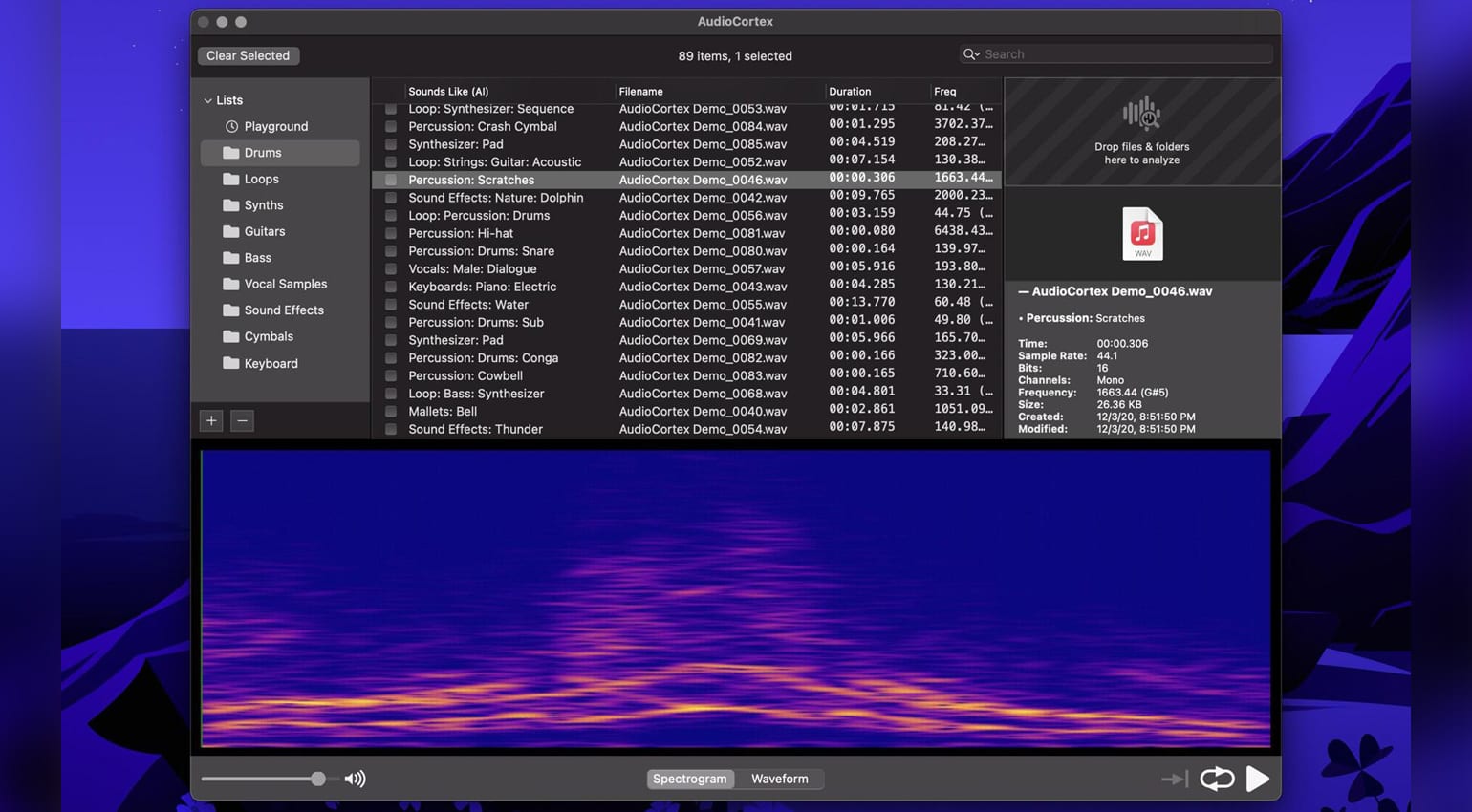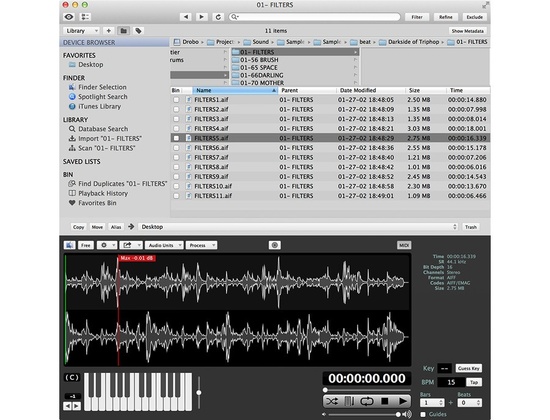

The first issue is what applications support metadata? With ProTools you can display and edit metadata in the workspace browser. But it is not as straight forward as perhaps it should be, since as with many technical developments we meet the clash of open source versus proprietry systems. For example the location sound recordist must be very, very sure his file naming & metadata are correct because his media is inherited by a lot of people & is accessed repeatedly for many months, long after he is off the payroll & has archived his work.įor sound effects editors and sound designers, one of the most important assets you own is your own personal sound library and it is this application of metadata I’m going to discuss, as it represents a means of including far more descriptive information than is possible with just the filename, and it can have a major impact on the accessibility & useability of your library.

While most people probably don’t worry too much about ever setting it up, metadata is crucial in the process of film making. Not coincidentally I have recently read an interesting book by Gene Smith called Tagging: People Powered Metadata and the Social Web and it outlines three main motives for tagging:ģ. But if you’ve ever uploaded a video to youtube or vimeo, or uploaded photos on flickr you might also notice you are obliged to enter descriptive tags to specify the genre, style or topic. Every time you take a photo or record a sound, the device you use is generating metadata for you eg metadata fields such as creation date and the device name & model are embedded in every photo or sound. And thats where metadata can help!Ĭhances are you’re already generating metadata, either automatically or manually.
ALTERNATIVE TO ICED AUDIO AUDIOFINDER ARCHIVE
But time passes, memories blurr and data soon becomes lost in the archive constantly growing in parallel to your life. All that data is getting stored and, in the present tense, we know what that data is and its relative importance. More than likely like me you are constantly generating new material – be it photos, sounds, video, music, text or whatever. But first lets get the definition under control: Metadata is data about other data – that’s where its value lies, but the metadata is only of value if you have a use for it, and the same could be said of the data itself. You can even convert your audio sample CDs into individual files with just a few clicks of the mouse.Data about data, that’s got to be pretty interesting right? Well, it turns out to be more interesting than you might think. Necessities like the metaeditor with built-in beat detection and tools for fast trimming, fading, slicing, and dicing your sounds.

Speaking of plug-ins, AudioFinder features an advanced plug-in manager and a slew of other studio necessities that will make your workflow flow. Sounds can even be previewed through your favorite AudioUnits.

Use it to create custom sets for sound categories and specific projects, with fast file browsing to audition, analyze, process, convert, and move or copy the samples in your library.ĪudioFinder can visualize sounds instantly with the waveform overview and preview them at any pitch via MIDI or the built in keyboard, all in real-time. It gathers all the most useful tools in one quick and intuitive application, enabling you to be more creative by handling all the time consuming tasks that slow down your music production.ĪudioFinder can build a catalog of every sound on your system, save it, and search it instantly to find the sounds you need when you need them. AudioFinder is an audio asset management system and music production hub.


 0 kommentar(er)
0 kommentar(er)
